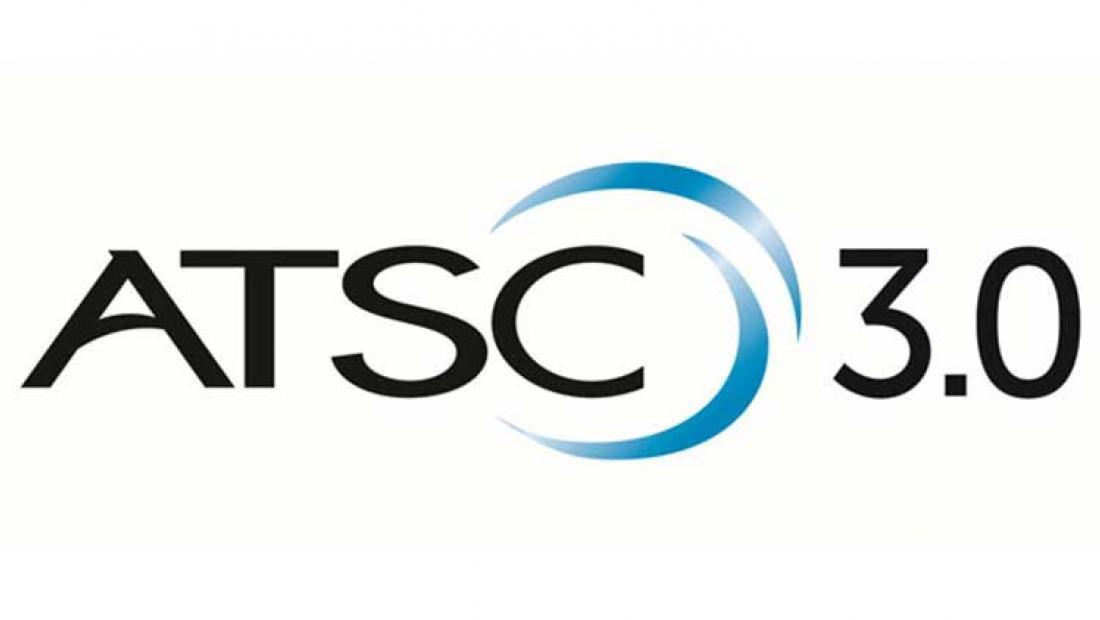Station Groups See SVOD Promise in an ATSC 3.0 World

Related: Ad-Supported Networks Sharpen Their Strategy
With growing demand for Netflix-like experiences, local broadcasters are planning to nab viewers by launching subscription video-on-demand services of their own once ATSC 3.0 is in place. Although that coming to fruition is roughly three to five years away (that’s how long it will take to implement IP-based ATSC 3.0, and do all the technical rejiggering it requires) industry leaders — with Sinclair Broadcast Group and Nexstar Media Group at the helm — are already exploring options for being in the SVOD game.
No station group (yet) has announced big plans to build the next Hulu or, say, Amazon Prime. But given the promise of ATSC 3.0 (which will increase broadcasters’ capacity to deliver content by four or five times), there’s no saying “never,” either.
“In any given market you could have 100 channels available in a 3.0 world, and those will have a live, linear component but they could also have on-demand access as well,” said Chris Ripley, who, as president and CEO of Sinclair, is at the forefront of pushing ATSC 3.0 possibilities.
At the most basic, streaming live linear broadcasts and local content, like news and sports, that doesn’t make the cut on primary channels are among options. So is offering on-demand access to libraries of free content, paid content or, most likely, some mishmash of all of the above.
Ripley, for instance, said he could foresee offering a model based on the video-game marketplace that gives consumers some stuff for free, but charges them for more premium offerings.
Wait to See
The smarter way to stay on top of broadcasting and cable industry. Sign up below
Perry Sook, Nexstar’s president and CEO, however, said it behooves broadcasters to wait to see where consumers — and the industry — are before committing to the details of leveraging ATSC 3.0’s capabilities.
“Let’s not predetermine what the market wants,” Sook said.
But for people like Ripley and Sook (whose station groups formed a consortium of broadcasters to explore ATSC 3.0 issues just like this) and industry advocates, what station groups ultimately decide to deliver via SVOD is not as important as that they do it, period — and do it in such a way that puts those services in the same class as the competitors that are eroding their viewership.
Related: Discovery Sets Streaming Strategy As VOD Future Beckons
Anne Schelle, managing director of Pearl TV (an industry group that promotes broadcasting’s advancement), said she believes that broadcasters offering consumers the kind of viewing experience they get today through SVOD platforms is key to their success in the arena.
For viewers, she said, the ability to access content how they want it — mobile, user-friendly and on-demand — is far more important than who is distributing it. It’s just that broadcasters, at this point, are lagging.
“We have a core business. But right now the over-the-air service that exists today is pretty rudimentary,” Schelle said. “We are in a world now that is IPbased in which consumers are used to modernized viewing experiences, with the ability to navigate … recommendation panes … all these newer ways to view content.”
Schelle said the success of Comcast’s X1 platform exemplifies the ability for a linear TV company — albeit in this case, cable — to thrive as an SVOD distributor if consumers like the product, and is a model for the broadcast industry, “[ATSC] 3.0 allows us to do something similar for the OTA experience,” she said.
Luring Loyal Viewers Back
TV watchers also tend to be loyal, Schelle said, meaning that broadcasters have the chance to bring lost viewers back — and keep both them and the newer ones they’ve got — by giving them no reason to go elsewhere. “The eyeballs come back to television. And when consumers have that experience they tend to stay in the TV ecosystem,” she said.
She said broadcasters also have the benefit that other SVOD providers don’t. “We have great live content that’s free. When you provide that, plus access to everything else, it allows consumers to have everything in one place,” she said. “That’s good for advertisers, that’s good for broadcasters and that’s good for consumers.”
Yet, as Ripley and Sook stressed, providing SVOD to consumers is just one of ATSC 3.0’s many promises, although it well fits into bigger possibilities.
Ripley, for instance, said he sees a future in which broadcasters are offering not just their own streaming services but acting more as a multichannel video programming distribution provider, delivering content supplied by others, such as HBO. Under ATSC 3.0, broadcasters will have lower distribution costs than satellite and cable companies, which could benefit consumers, he said.
For Sook, possibilities on the horizon include maximizing mobile opportunities. Not only will broadcasters be better equipped to deliver content to mobile devices, but phones could also act as mobile people meters, providing audience measurement directly to station executives, he said.
“The possibilities are tremendous,” Sook said, adding that the current push exploring what 3.0 holds is crucial to maximizing its potential. “Let’s not go down a hole and pigeonhole ourselves. Let’s just advertise that the pipeline is available and see what the market does and how the market comes to us.”
